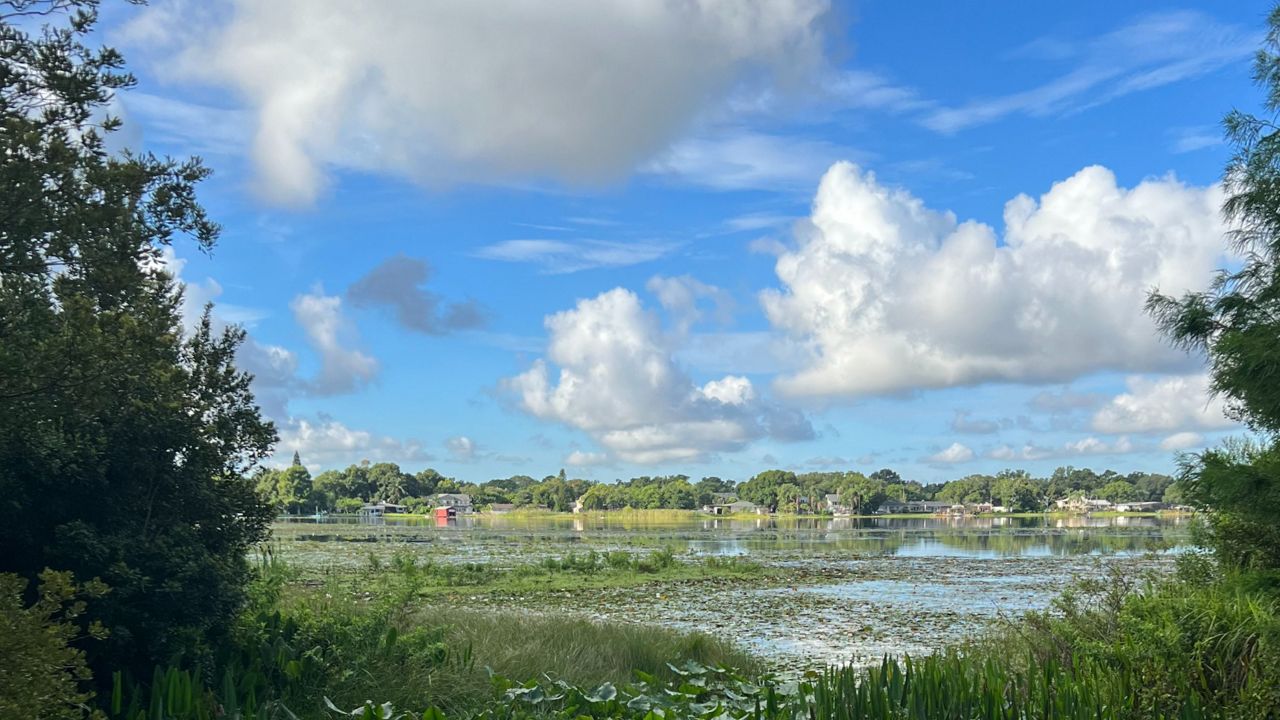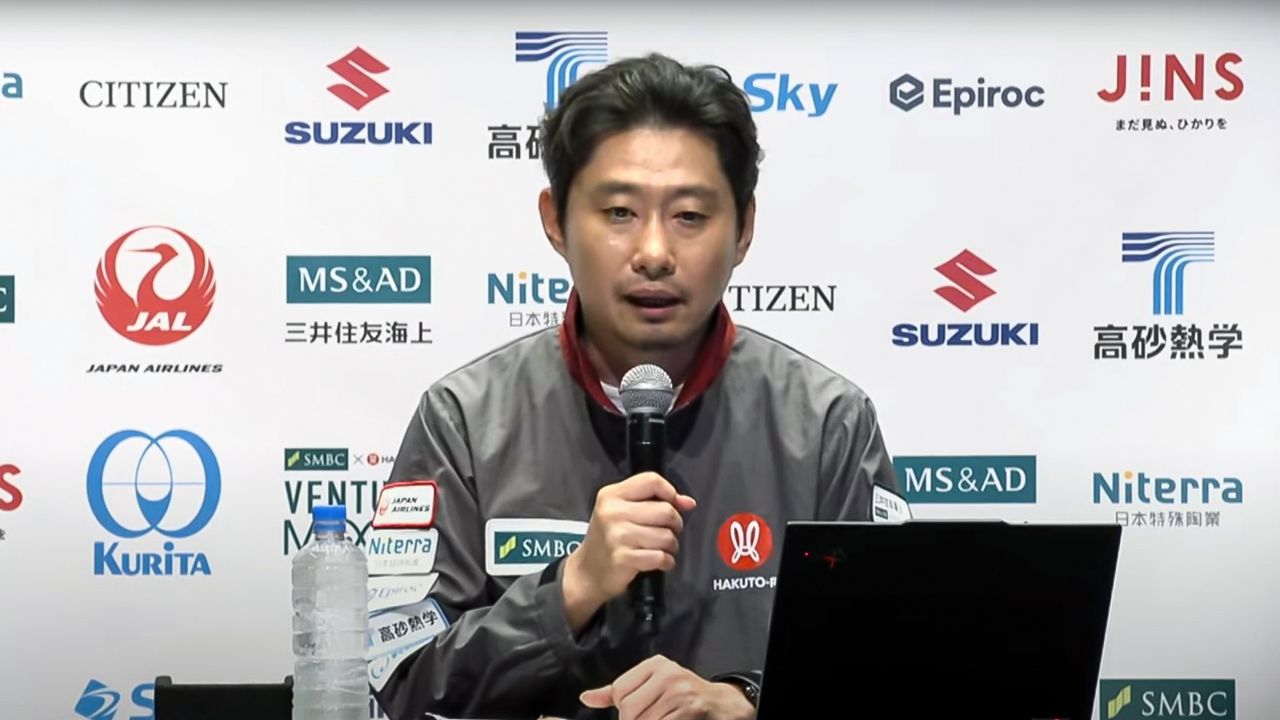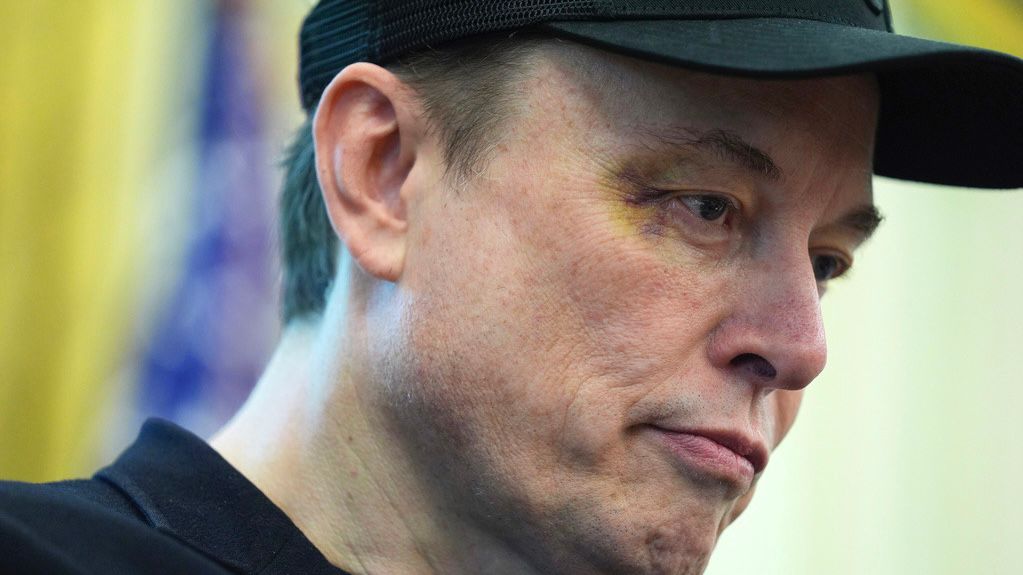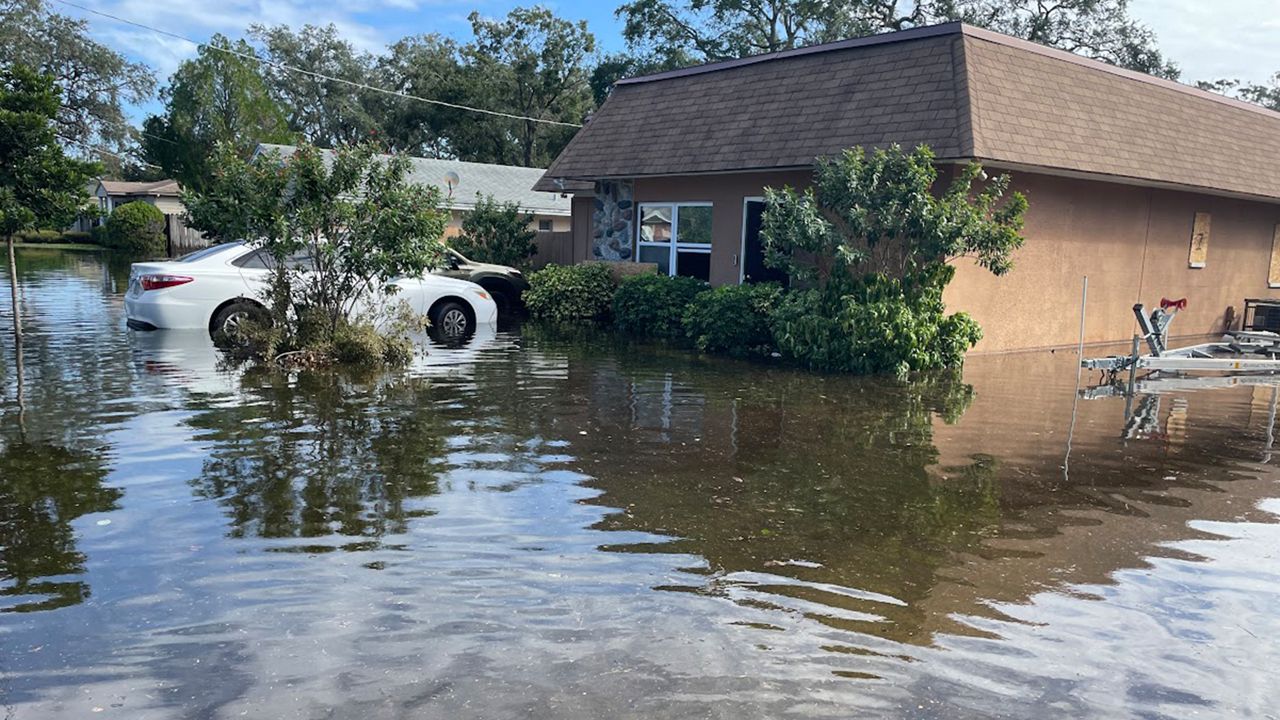BREVARD COUNTY, Fla. — When it gets dry in Florida, the risk of wildfires is high.
No one wants to see history repeat itself after fires raged in Brevard, Flagler, and Volusia counties in 1998.
Lessons have been learned to change the way preventing these fires is done.
What You Need To Know
- Wildfires that tore through Brevard, Flagler and Volusia counties in 1998 helped officials plan for ways to avoid a repeat
- Since then, state and local officials have established prescribed burn timing and methods to limit wildfires' impact
- The purposes of the burns are to reduce vegetation that could catch fire and to open those areas up for wildlife to return
Officials with the St. John’s Water Management District set intentional fires in the Three Forks Conservation area in Palm Bay during April.
You’ll see airboats and wildlife.
Weather conditions are just right to keep things under control.
A helicopter dropped specialized fireballs from above onto the stick marsh below while on the ground, the team shoots fire bullets into the brush.
“It’s a huge benefit to public safety. There’s a lot of hazardous fuel build up that we can take care of with these controlled burns,” said Johnny Baker, land manager of the SJWMD.
Prescribed burns take away that fuel so there is nowhere for the fires, caused by nature or people, to move and spread.
The purpose of the burn was to reduce vegetation that could catch fire naturally or by man, and, in this case, open up the area to allow wildlife to return and continue their species.
“After a fire, it’s pretty impressive to come back even the next day and see what sorts of wildlife has come back in and all sorts of things are accessible to those animals right away, little dens they can do into, they go underwater, they just move and a lot of them can fly,” Baker said.
A special committee was appointed in the wake of the 1998 Florida wildfires, and part of the recommendations were prevention and mitigation of wildfires’ impact. It gave birth to the state’s prescribed fire program, designed to educate people to use science as a tool to perform prescribed burns.
“1998 was a good wake-up call for a lot of people that fire is a natural thing that’s going to happen here in Florida, and we got to do our best to live with it, and manage it,” Baker said.
It’s this proactive work that helps them avoid disasters like in 1998.
When the work was over at Three Forks, 1,000 acres burned for the benefit of natural Florida alongside urban growth.






